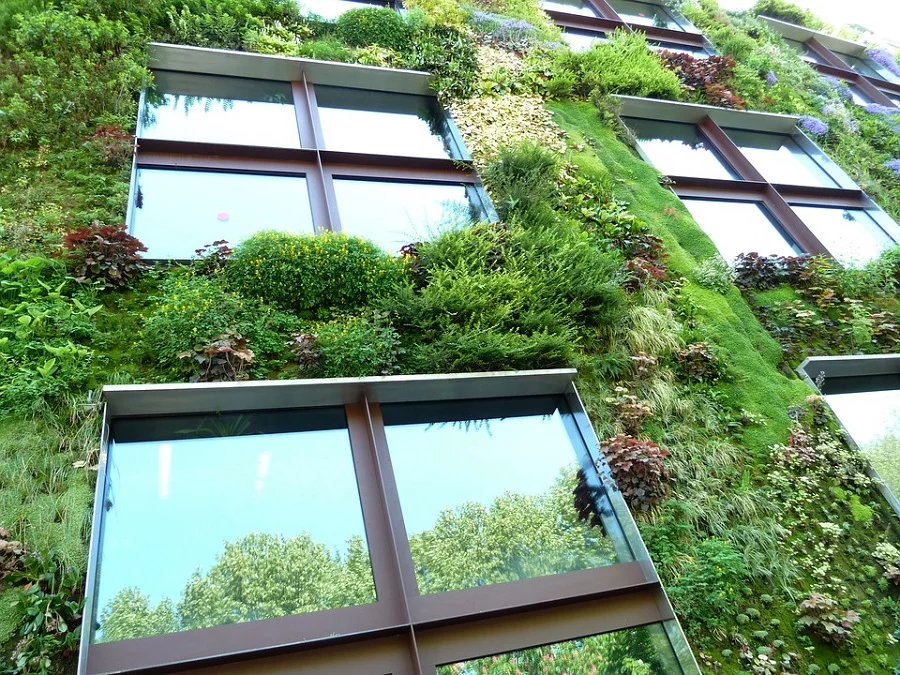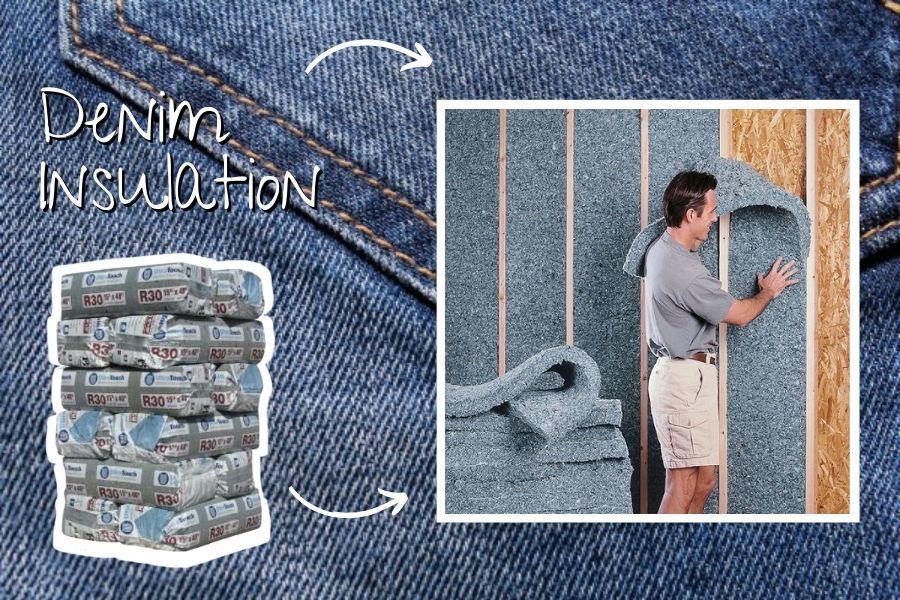Last updated on
This article clarifies if pencils are recyclable and further expounds on the sustainability of pencils in the context of recycling.
Key takeaways:
- Wooden pencils can be composted or repurposed.
- Mechanical pencil parts can be recycled if separated.
- Disposal methods impact the environmental impact of pencils.
- Consider alternative eco-friendly writing instruments.
- Pencils are not easily recyclable due to their composition.
Different Types of Pencils
Diving straight into the myriad options, pencils primarily come in two forms: wooden and mechanical. The former, classic in structure, are crafted from a solid wood casing encasing a graphite core. Cedar is often the wood of choice for its ease in sharpening and resistance to breaking.
On the flip side, mechanical pencils showcase a more modern design, constructed from a mix of materials such as plastic, metal, and sometimes, rubber for the grip. They function with replaceable leads that negate the need for sharpening, adding a dimension of permanence to their structure.
Further, there are specialty pencils – colored, watercolor, and even those made from recycled materials – each presenting its own unique composition and recycling considerations. Understanding these differences is crucial as they dictate the feasibility and method of recycling for each type of pencil.
Recycling Wooden Pencils: Possibilities and Challenges
Wooden pencils present a unique recycling conundrum due to their composite nature. The wood can often be composted or repurposed, provided it doesn’t contain toxic treatments. However, the graphite core is not recyclable but can be considered non-toxic and inert, making it safe for landfills.
What complicates matters is the eraser and the metal ferrule connecting it to the pencil. While the ferrule is typically made of aluminum, which is highly recyclable, separating it from the pencil and eraser is labor-intensive and not cost-effective on a small scale. Meanwhile, erasers made of rubber can be ground down for reuse but are seldom accepted in curbside programs.
Creative upcycling is an alternative to traditional recycling for wooden pencils. Short pencil stubs can be transformed into plant markers or used in various crafts. Such actions reduce waste, though they do not fully address the lifecycle impact of the product. For a more systematic solution, manufacturers and waste management systems would need to collaborate on making pencils that are easier to disassemble and have parts that align with existing recycling streams.
Recyclability of Mechanical Pencil Parts
Mechanical pencils present a mixed bag when it comes to recyclability. Their complex construction typically includes plastic barrels, metal springs and clips, erasers, and graphite leads. Each component must be separated for proper recycling. Here are some points to consider:
- Plastic Barrels: Often made from recyclable plastics like ABS or PVC, these can be recycled where facilities exist that handle these types of plastic.
- Metal Components: Springs and clips can usually be recycled with metals. Small size, however, can be a challenge, as they might fall through the sorting machinery.
- Graphite Leads: Pure graphite can be recycled, but pencil leads are a mix of graphite and clay, complicating the process. They generally are not accepted in recycling programs.
- Erasers: Typically made from rubber or plastic composites, erasers are not commonly recyclable and should be disposed of in the trash.
- Disassembly: Before recycling any part of a mechanical pencil, its components have to be dismantled. Facilities capable of this operation are limited, so check with local recycling programs.
Consumers should investigate if specialized collection programs exist for writing instruments, as some manufacturers and third-party organizations offer mail-back or drop-off options for these items.
Disposal and Environmental Impact of Pencils
When disposing of pencils, consider the materials they are made from. Traditional wooden pencils consist of wood, graphite, and a small metal ferrule that holds the eraser. These components impact the environment differently.
For the wooden part, when pencils end up in landfills, the wood can biodegrade, which is a more environmentally friendly outcome than plastic materials. However, the degradation process might contribute to methane production, a potent greenhouse gas, especially if the landfill is anaerobic. It’s essential that wood, a renewable resource, comes from sustainably managed forests to minimize deforestation effects.
Graphite is inert and doesn’t pose significant environmental risks upon disposal. Nevertheless, the mining of graphite has its own environmental footprint, including habitat destruction and water pollution, pointing to the importance of responsible sourcing.
Metal ferrules and erasers are less biodegradable. The ferrules can take an extended period to decompose, and rubber erasers may release microplastics as they break down. Efficient recycling or upcycling of these materials can mitigate those impacts.
Select proper disposal methods to minimize the environmental toll. Pencil shavings, for instance, can be composted, while the more durable parts, like erasers and ferrules, require thoughtful recycling to avoid contributing to the growing concern of non-biodegradable waste. Conscious choices after a pencil’s useful life can make a significant environmental difference.
Alternative Eco-Friendly Writing Instruments
Making the switch to more sustainable writing instruments can drastically reduce the waste associated with disposable pens and pencils. Here are a few noteworthy alternatives:
- Plantable pencils contain seeds at the end instead of an eraser. When too short to use, they can be planted to grow herbs, flowers, or vegetables.
- Pens made from recycled materials give a second life to plastics and other materials, reducing the need for virgin resources.
- Refillable fountain pens can last a lifetime, drastically cutting down on waste, with the bonus of a classic, elegant writing experience.
- Digital note-taking technology, such as tablets and smart pens, not only eliminates the need for traditional writing tools but can also help reduce paper use.
- Bamboo and other sustainably harvested wood pencils serve as a renewable, biodegradable option for those who prefer a traditional pencil.
By considering these alternatives, individuals contribute to a more sustainable future while enjoying an often superior writing experience.
FAQ
How do you dispose of a pencil?
To dispose of a pencil, place broken or excessively short ones, along with depleted markers, into your black cart for garbage collection.
Is a pencil recycled?
Due to their composition of mixed metals and plastics which are impossible to separate, pencils are not recycled.
Is A pencil biodegradable?
While a pencil, typically crafted from decay-resistant cedar, is partially biodegradable, it degrades at a slower pace compared to other wood types.
What components of a pencil are most amenable to recycling?
The most recyclable components of a pencil are the wood shell and the metal ferrule.
How are pencil manufacturing companies addressing environmental sustainability?
Pencil manufacturing companies are addressing environmental sustainability by implementing greener practices such as using recycled materials, reducing their carbon footprint, adopting sustainable forestry practices, and minimizing waste through efficient production processes.
Can refurbished pencils deliver the same quality and performance as new ones?
Refurbished pencils can deliver the same quality and performance as new ones if they undergo professional refurbishing processes.
Related reading:
Table of Contents

